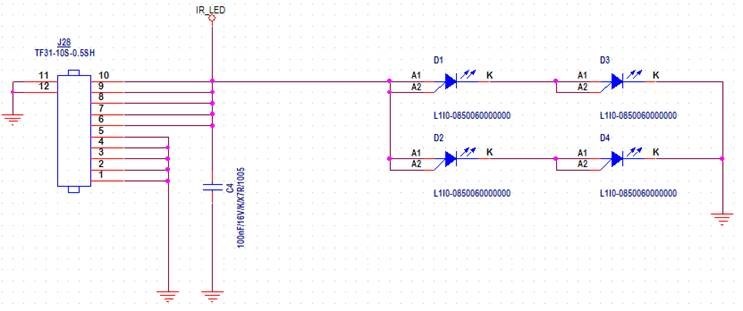Dear Sir,
I'm using TPS92515 and Our R&D process is Pre-Production.
I want to get your review about schematic and some question.
1. Our test condition
-. Vin range : 12V ~ 24V
-. PWM Frequency : 20KHz
-. LED Vf : 2.7V(min) / 3.2V(typ) / 3.7V(max)
-. LED forward current : 1A
2. Our inquiry
-. Review schematic.


-. Is there no problem to use PWM frequency 20KHz? or
What's the side effect if we use 20KHz? or
What is your strongly recommendation about PWM frequency range?
We already checked Standard PWM frequency range from 100Hz to 10KHz on the data sheet.
But, there is no maximum frequency spec. about this product except any comment about high frequency.
-. Our LED configuration is 2 parallel type. You can see it on our schematic.
LEDs intensity is changed when our Vin range is changed from 12V to 24V.
At this configuration, can this happen?
-. Could we use it like 2 parallel type about LED configuration?
If not, do we have to use serial type not parallel?
-. Audible noise has occurred at TPS92515 block.
Could you give us debugging point and PCB artwork guide? or
If we use PWM frequency range from 100Hz to 10KHz, can audible noise occur at this part?
Could you please send us your reply ASAP.
Best Regards,
Michael

